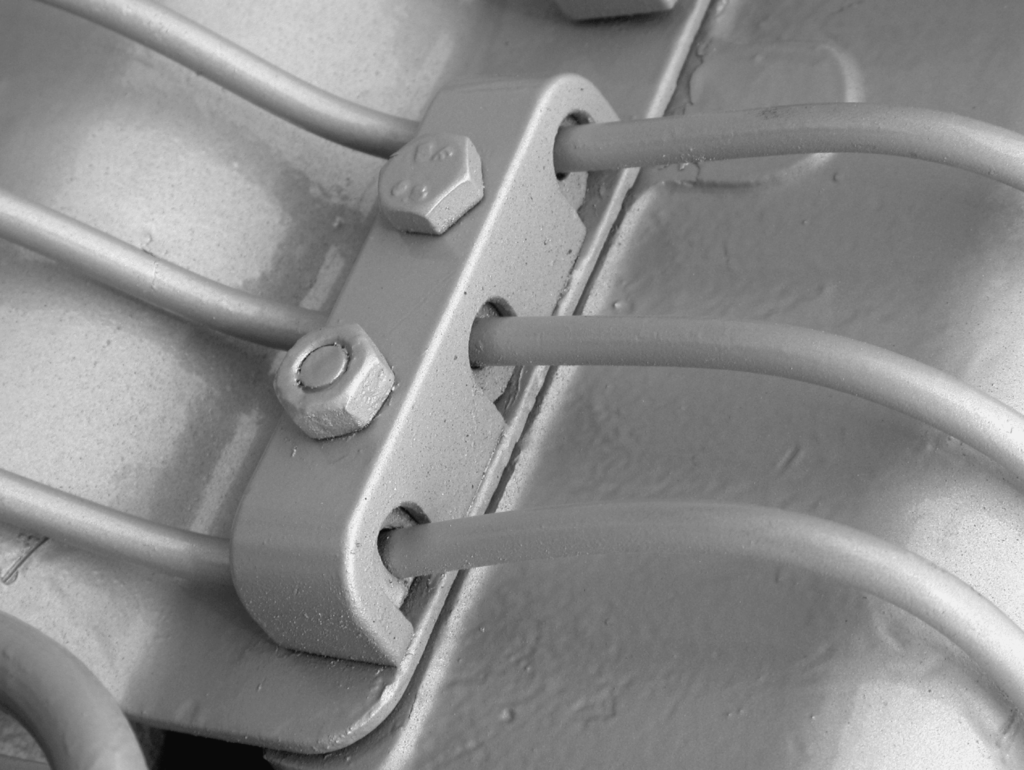Table of Contents
Scientific Introduction to the World of Polyamides
Polyamides are essential protagonists in the world of polymer science and technology.
Among the many polyamides are types such as PA 6 (often referred to as nylon), PA 66 and PA 12, which are known for their remarkable mechanical and thermal properties resulting from their characteristic molecular structure, in particular their crystallinity.
These polymers are used in a wide range of applications, including textiles, packaging, automotive components and electrical appliances, thanks to their robustness, heat resistance and versatility.
Crystallinity and Heat of Fusion
Polyamides often present themselves as semi-crystalline materials, featuring a mixture of ordered, crystalline structures and disordered, amorphous regions. This unique molecular architecture endows polyamides with both impressive strength and adaptive flexibility. It is precisely this combination of properties that is valued, for example, in the textile industry, leading to the creation of durable and comfortable materials for applications such as outdoor clothing.
Polyamides impress with their flexibility and heat resistance. Depending on the specific type, their melting points can range between 180°C and an impressive 300°C. Various instruments are available for characterizing these properties: The determination of the melting point is often performed using a Differential Scanning Calorimeter (DSC), while the degree of crystallinity and the heat of fusion can be precisely captured with the patented Chip-DSC.
Already at 180°C, a considerable temperature resistance is evident, but true heat resistance is spoken of only near 300°C. This thermal robustness opens up a wide range of application possibilities for polyamides, especially in demanding environments. An outstanding example of this is plastic components in vehicle engines.
These parts must withstand both extreme operating temperatures and mechanical stresses, where the intensity and deformation of these stresses can be determined by instruments such as the Thermomechanical Analyzer (TMA) or a Dilatometer.
A favored polyamide for such demanding applications is PA66. The designation “PA66” refers to the characteristic chemical structure of the polymer, where the numbers represent the number of carbon atoms in the monomers used.


Glass Transition Temperature
In addition to their high temperature resistance, polyamides also exhibit outstanding properties at more moderate temperature ranges. Particularly, the glass transition temperature (Tg), which for polyamides typically falls between 40°C and 90°C, plays a central role.
At this temperature, the material undergoes a significant change in its mechanical properties: it becomes softer and more flexible. The glass transition temperature can also be determined using a Chip-DSC. A striking example that utilizes this transition is cable ties.
They not only retain their shape at various temperatures but also maintain a certain degree of elasticity. This impressively illustrates that polyamides can manifest their unique applications across a variety of temperature ranges.

Different types of polyamide
There are various types of polyamides, each characterized by specific numerical combinations, such as PA6, PA66, or PA12. These numbers represent the number of carbon atoms in the monomers from which the polyamide is synthesized.
For example, PA6 stands for a polyamide made from a monomer with six carbon atoms. Each of these variants has unique properties that predispose them for certain applications. An example is PA12: due to its high chemical resistance, it is preferably used for fuel lines that must be resistant to aggressive chemicals and extreme environmental conditions.

Thermal stability
Regarding thermal stability, polyamides impress with their resistance to high temperatures. This makes them indispensable in sectors such as electronics.
For example, they are used in the manufacture of printed circuit boards and connectors that can withstand operating temperatures of up to 250°C.


Conclusion
Overall, due to their special properties and adaptability, polyamides offer solutions for a wide variety of technical requirements. The ongoing scientific engagement and further development of these materials suggest we can expect more innovative applications in the future.
